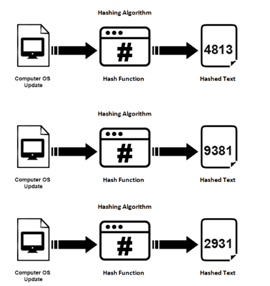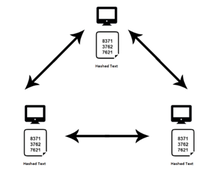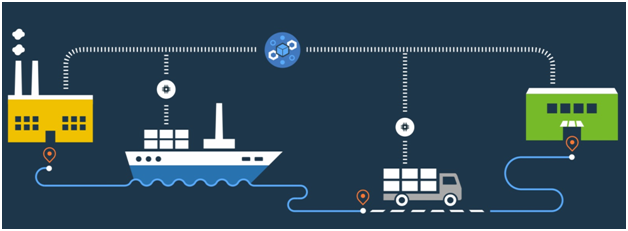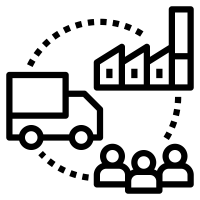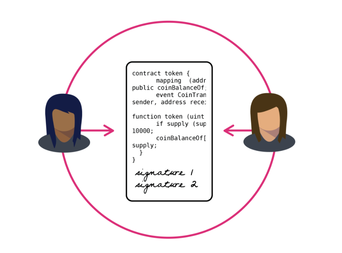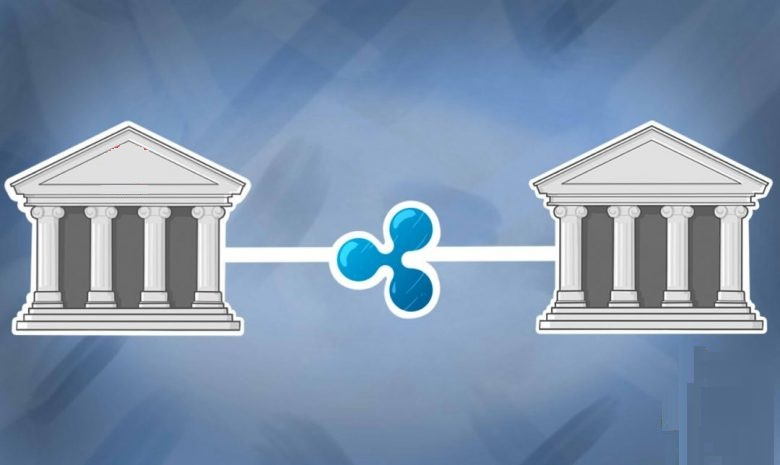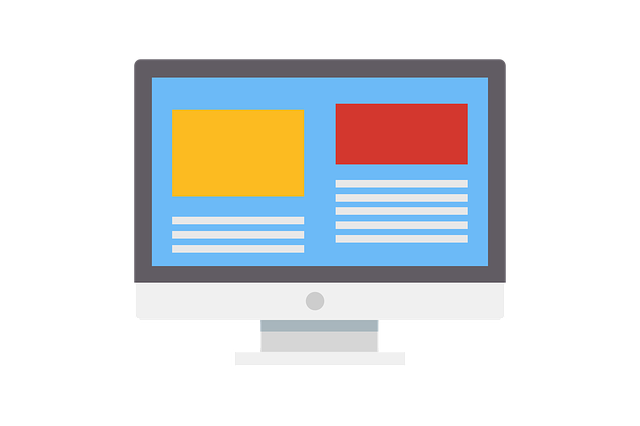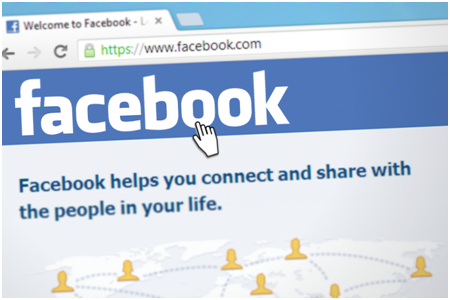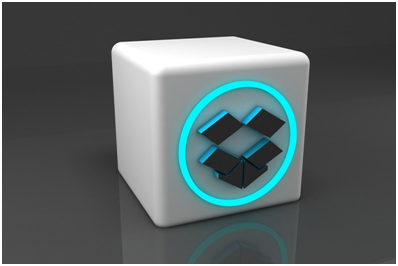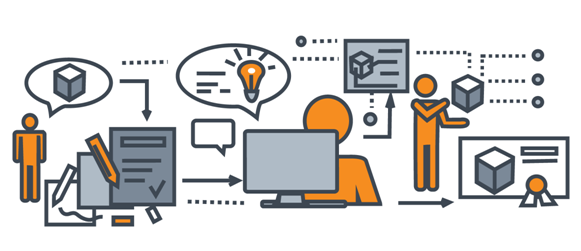|
Real Time Automation for Security
The growing concern regarding digital security is justified as there are security breaches in companies almost every week. Recently, a United States defense contractor and a satellite company were breached through the installation of Malware through an operating system update. This breach was detected through AI based Target Attack Analytics software by Symantec. Furthermore, a utility-based company in mid-west United States had their payment gateway breached, meaning customers transaction data was no longer secure . |
|
Traditionally, secure data is managed in a server, either physical or on the cloud, and possibly backed up. However, an intruder would only have to breach the security in one location to modify the data, leading to a breach. Here, the security of the business is completely depended on how secure the server is. Furthermore, if the proper guards are not set in place, a business may not even realize their data has been breached.
Blockchain can help solve this problem. By having an encrypted digital ledger, each node in the chain can keep track of every other node, identifying when any one node has been breached. To make this concept clearer, let’s talk about a simple example. Assume an organization has 3 computers, and each has an operating system. Each computer can encrypt a digital copy of their software using a hash function, creating an output for the version of software they have (Figure 1). |
|
Then, each of those outputs will be combined and hashed again, creating an overall hashed text for all operating system software in the company (Figure 2). |
Through this method, each computer can periodically compare its ledger with the other ledgers on the network, and if any one software were to be breached, it could be reported.
This is a simplified example with just three nodes, but a business network with hundreds of computers across multiple organizations would make it almost impossible for any malicious software to be installed on any one computer. The process is also completely automated, allowing threats to be detected seconds after a breach has occurred.
Supply Chain Tracking
|
Blockchain can also help improve the supply chain. Currently, there are multiple parties involved when it comes to the distribution of products such as fresh food. There are farmers, processors, packagers, distributors, and finally, the retailers. Each party has its own method of managing its inventory, and these systems often do not speak to each other.
Blockchain can allow every party involved to communicate the status of each piece of inventory to the other required parties, allowing them to communicate and track products efficiently and transparently. This will allow retailers to interact with suppliers they may have never worked with before, as the transparency will allow them to trust unknown parties and not have to worry about the integrity of the inventory coming in. |
Back to the example of food – Let’s say a farmer has just harvested some crop. He will attach a sensor to this crop, allowing data such as the time and location it was harvested, the humidity and temperature the crop was stored at, and other key points of information to be tracked securely by the necessary parties. This will allow each party, from the farmer to the retailer, to trust the other as there is technical data to prove the integrity of the inventory being purchased.
Tracking data using these technologies can help prevent malicious parties to sell goods that were not acquired according to the right standards, improving quality for every member in the supply chain.
Transactions and Contracts
To provide a simple example, let’s say someone had to purchase a house. A smart contract involving a buyer and seller would be created, and it would expire on the day the sale would take place. The seller needs to release the key to the house, and the buyer needs to release the funds to purchase the house. These are the two conditions of the contract. At the time of expiry, if both of these conditions are not met, the contract will not go through. For example, if the buyer releases the funds, but the seller does not send the key, the funds would be returned back to the buyer at the time of expiry. On the other hand, if the seller releases the key early, the blockchain will hold it until the buyer sends the funds.
|
Even though this was a simple example, one can see how transactions can now be conducted automatically using the blockchain. Blockchain creates additional security in the shared economy, and companies like Slock.it are leveraging this. They use smart contracts on Ethereum to allow users to rent bicycles, where a smart lock can be opened after both parties agree to the transaction details.
|
Impact on Financial Sector
Blockchain is going to impact the banking industry in many different ways, allowing the industry to benefit the most from the technology. Its main advantages are reduced costs and increased security, and faster transaction time, which is what every bank wants its processes to benefit from.
|
One of the companies that has had a large impact on how banks work is Ripple. Its blockchain technology helps banks transact across borders more efficiently. For example, the first blockchain powered remittance service was released last June between a bank in Japan and Thailand. There is approximately $250 million transferred between the two banks every year, and with the help of Ripple, customers can complete transactions in two to five seconds versus two business days.
Another example is Santander Bank in the U.K. They have developed a mobile application powered by Ripple that allows users to sign up and send currency (GBP, USD, EUR) internationally in a secure and private manner. Regardless of amount or currency, the transaction is completed in less than one business day and has lower fees than transacting through a traditional commercial bank. |
Conclusion
Blockchain is going to change the way business function. Companies should adapt to this rapid change and leverage this technology to improve security, supply chain management, and transactions that take place on their business network.
Written by:
Pranav Narang
Business Analyst, App-Scoop


